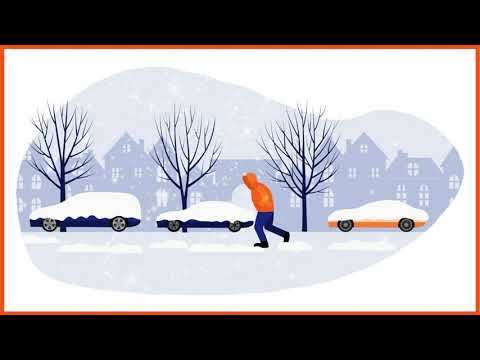Risk of extreme cold
Winter in Montpellier is generally mild. Nevertheless, an exceptionally cold spell can have serious consequences, especially for the most vulnerable. It can also be accompanied by disruptions to traffic routes. In anticipation of such episodes, the City of Montpellier is reminding residents what they should do.
For forecast temperatures and vigilance levels, go to Vigilance Météo France


Adoptez les bons réflexes
Se préparer avant :
- Prévoyez de l'eau, des produits alimentaires ne nécessitant pas de cuisson (risque de gel des canalisations ou de coupure d'électricité) et des médicaments
- Prévoyez des piles pour écouter les consignes des pouvoirs publics à la radio, même en cas de coupure d'électricité.
- Vérifiez le bon état de marche de vos installations de chauffage, ne bouchez pas les aérations, et aèrez votre logement une fois par jour.
Si vous devez absolument sortir, redoublez de précaution :
- Habillez-vous de plusieurs couches de vêtements et couvrez particulièrement les parties de votre corps qui perdent de la chaleur : tête, cou, mains et pieds.
- Couvrez le nez et la bouche pour respirer de l'air moins froid.
- Evitez de sortir le soir car il fait encore plus froid.
- Mettez de bonnes chaussures pour éviter les chutes sur un sol glissant.
- Nourrissez-vous convenablement et ne buvez pas d'alcool car cela ne réchauffe pas.
- Ne faites pas d'efforts physiques, comme porter des objets lourds...
- Evitez de sortir les bébés, même bien protégés.
En cas d’hypothermie ou de gelures :
Il est important de reconnaître chez une personne exposée au grand froid les signes annonciateurs de l’hypothermie (température inférieure à 35°C, somnolence, fatigue, baisse de la force musculaire, frissons et grelottements, perte d’équilibre, maladresse…) ou de gelures (décoloration de la peau, apparition de taches blanchâtres, sensation de douleur ou de brûlure puis d’engourdissement…). Il peut y avoir un risque important, voire mortel, pour sa santé. Prévenez rapidement un médecin ou appeler le 115.
The national cold weather system
Active until March 31, the departmental cold wave scheme defines the actions to be implemented to detect, prevent and limit the health and social effects linked to winter temperatures, paying particular attention to vulnerable populations.
Measures are implemented according to 3 levels of vigilance:
- Level 1 is activated when the temperature (degrees Celsius) is positive during the day, but between zero and -5°C at night.
- Level 2 is set up by prefectures when the temperature is negative during the day and between -5°C and -10°C at night.
- Level 3, the maximum threshold, corresponds to "extreme" cold, when the temperature is negative during the day and below -10°C at night.
